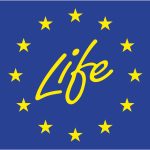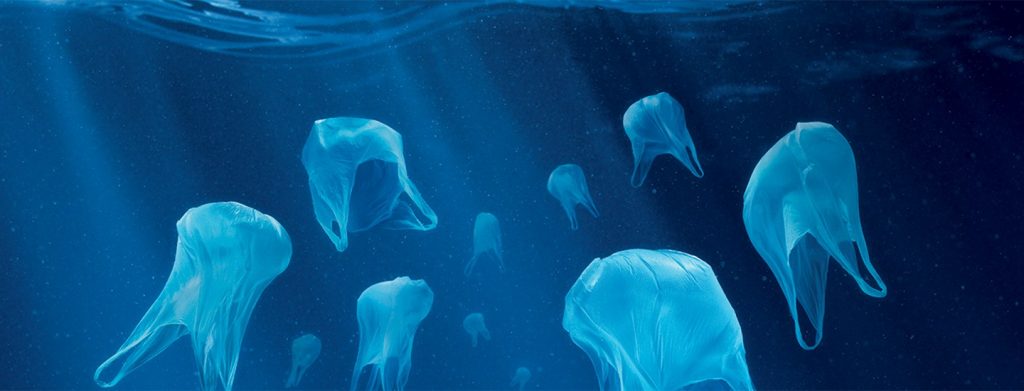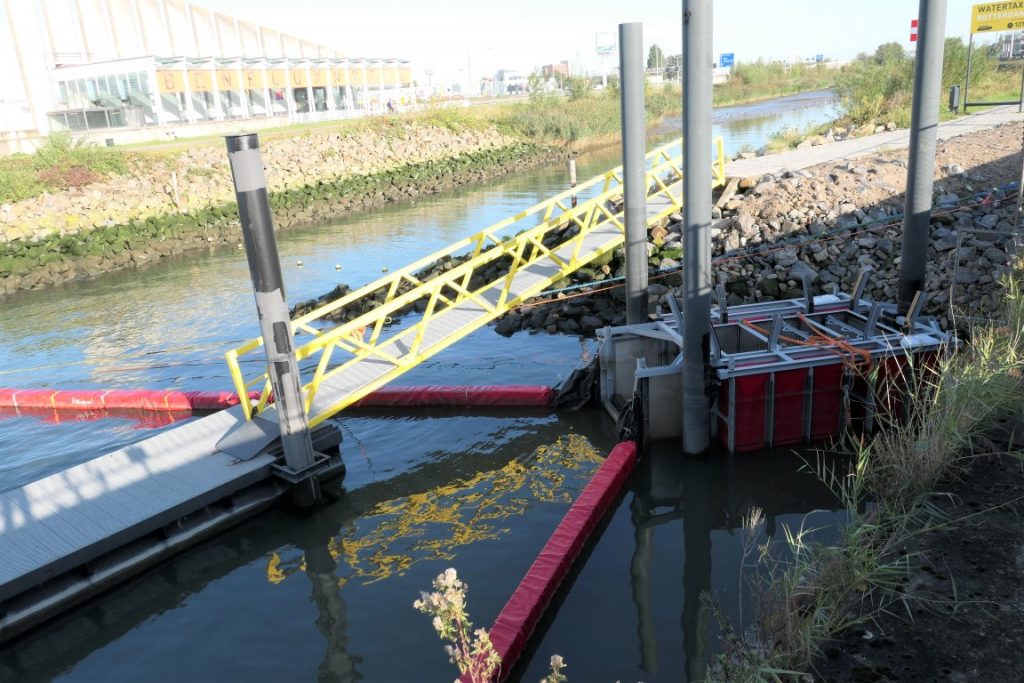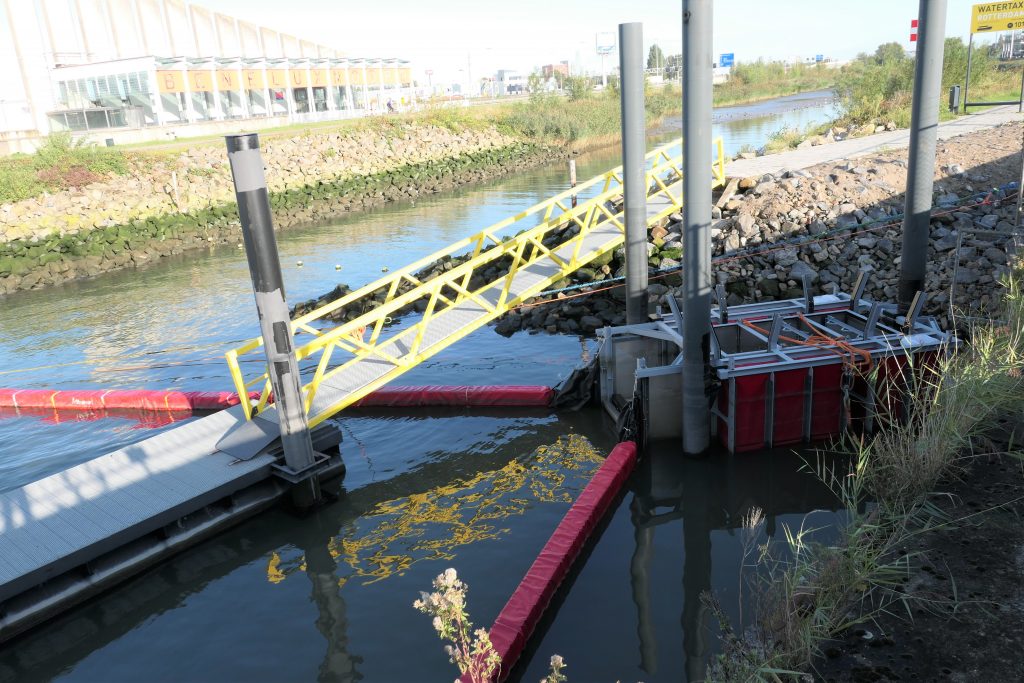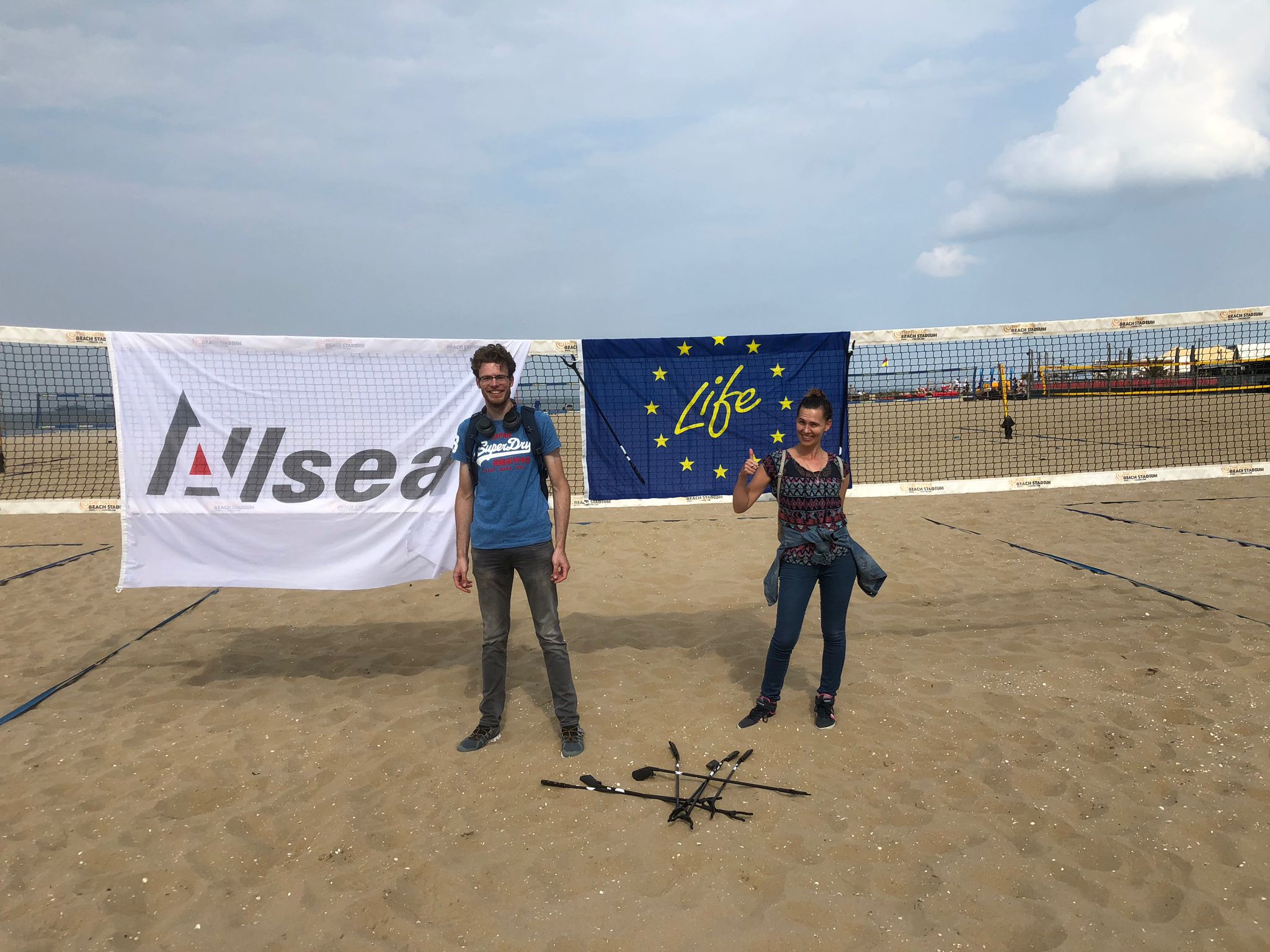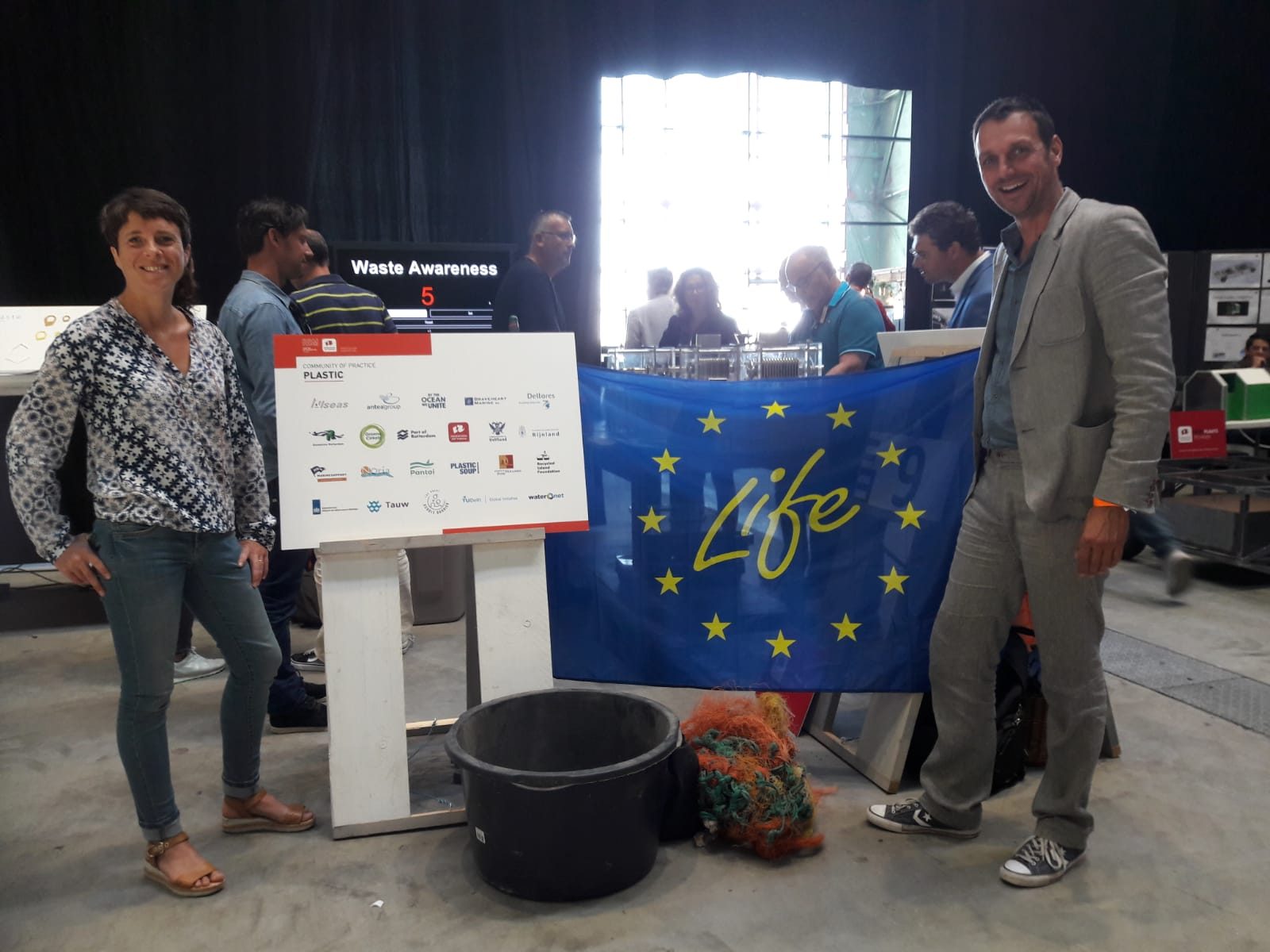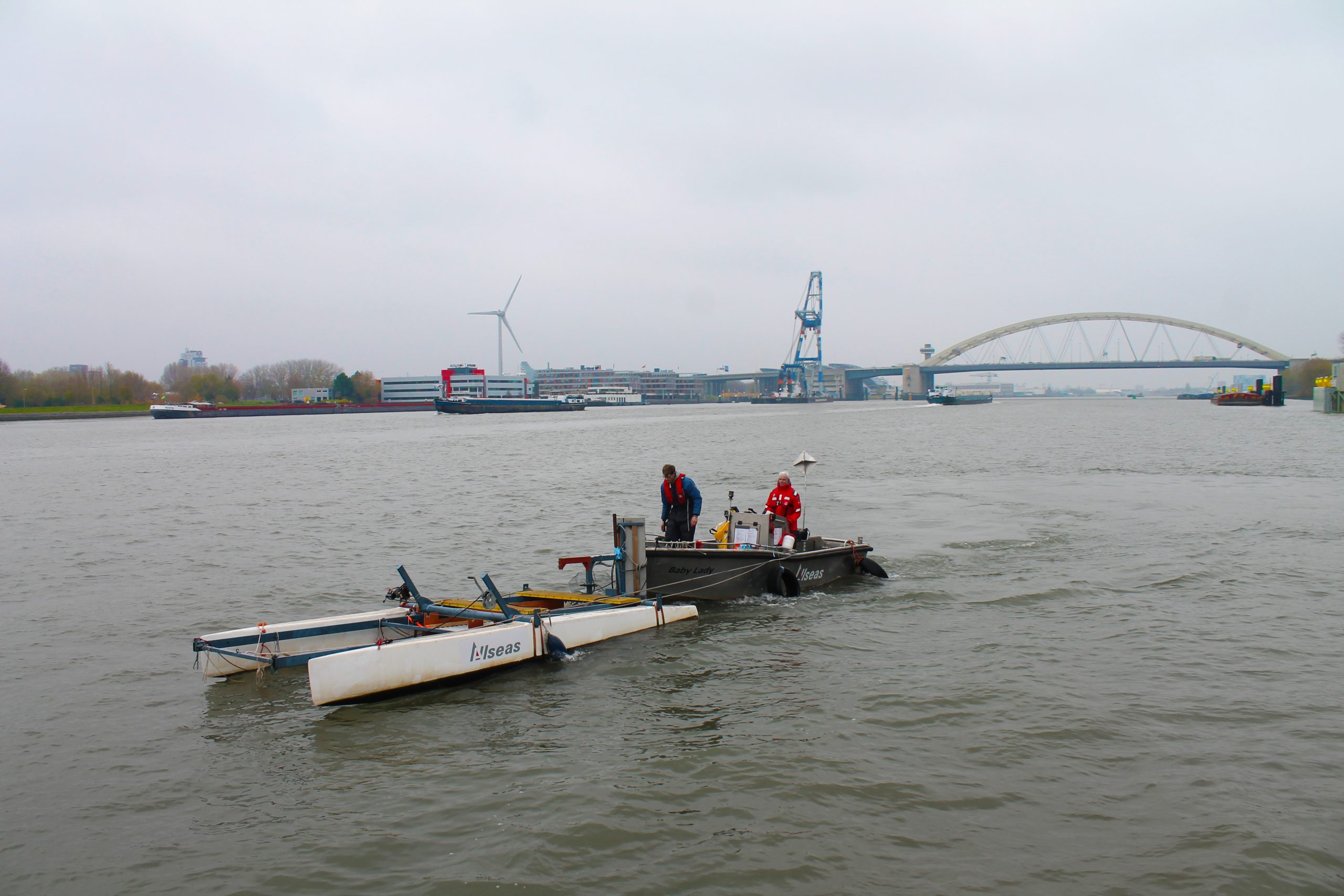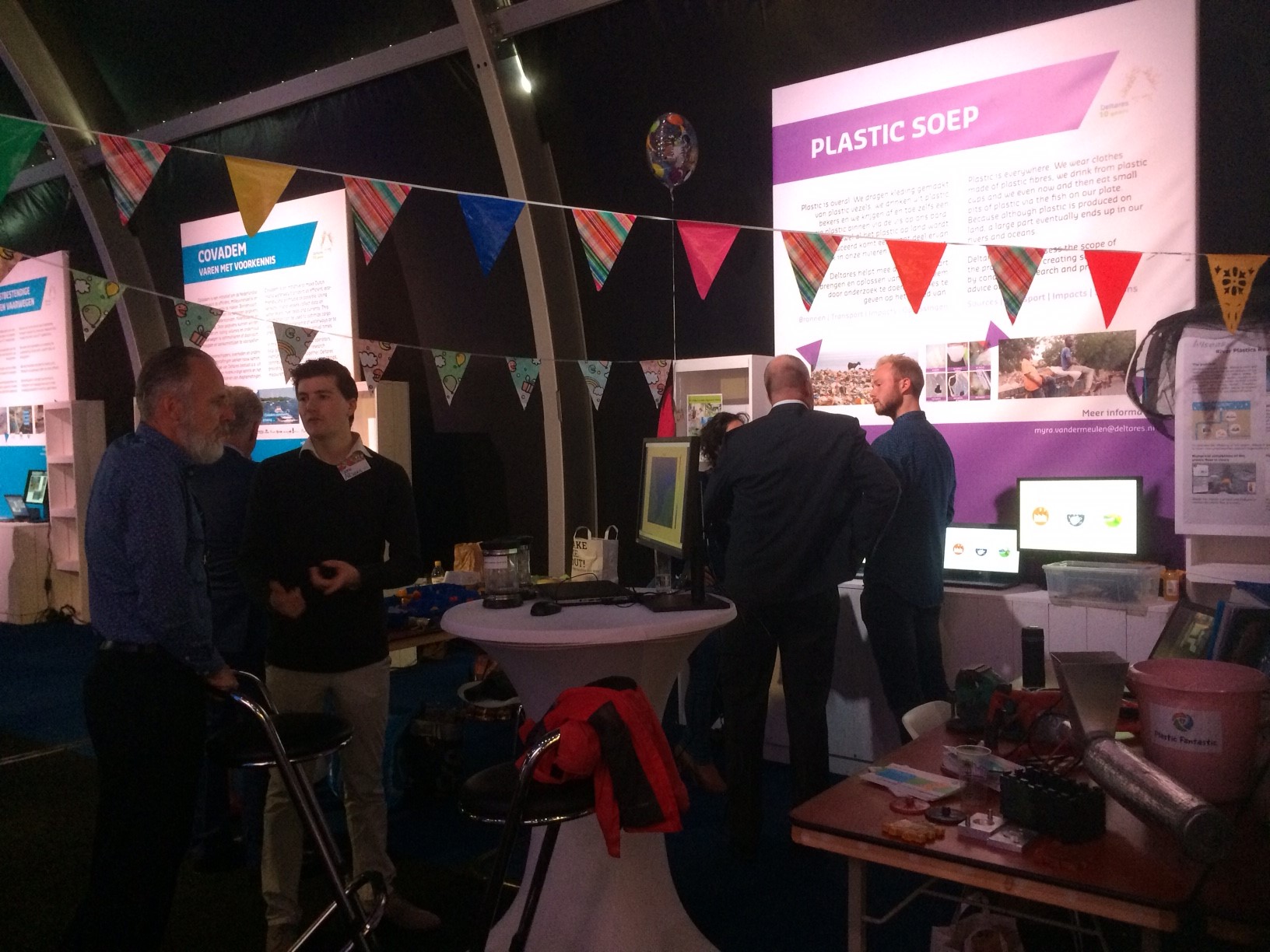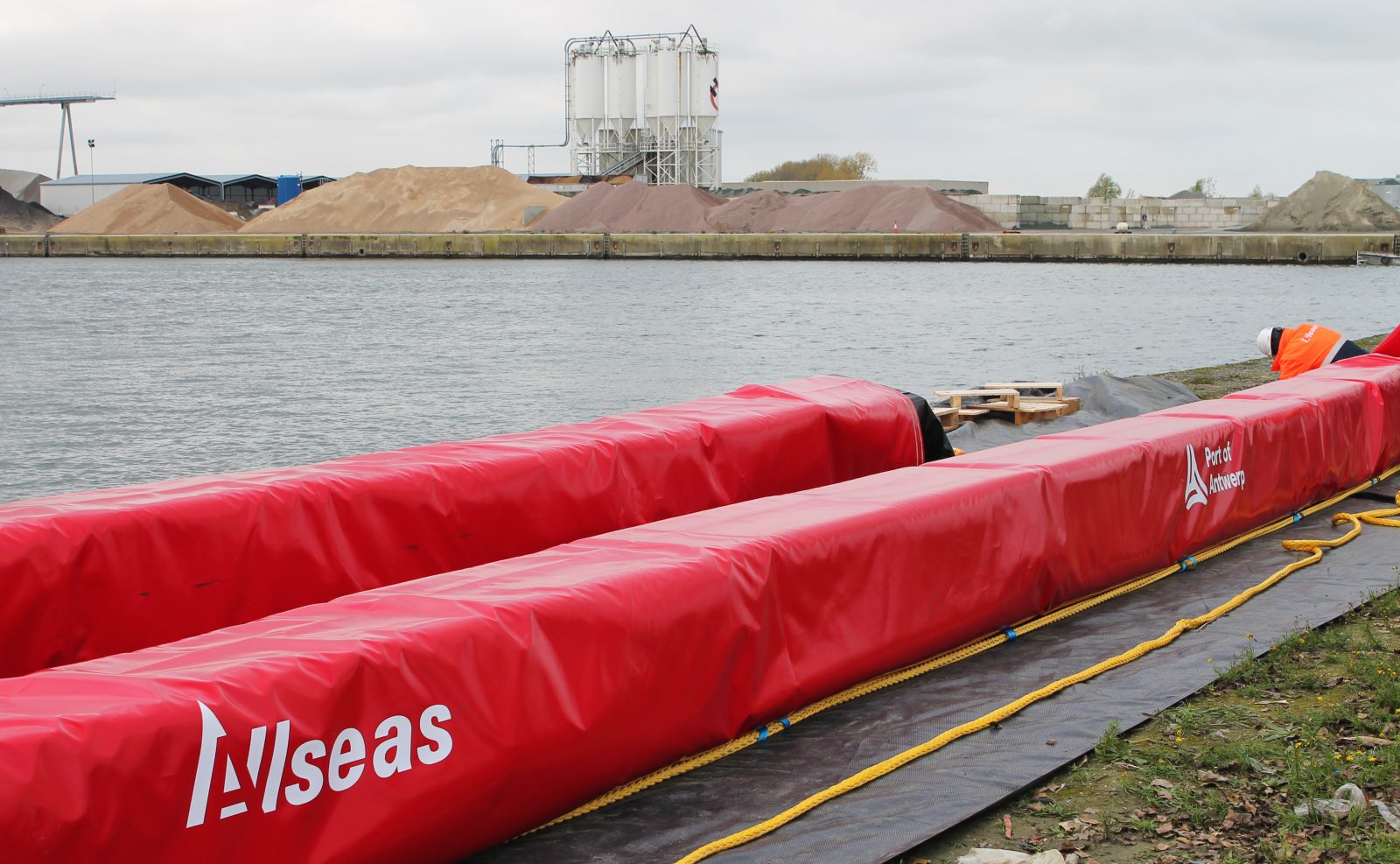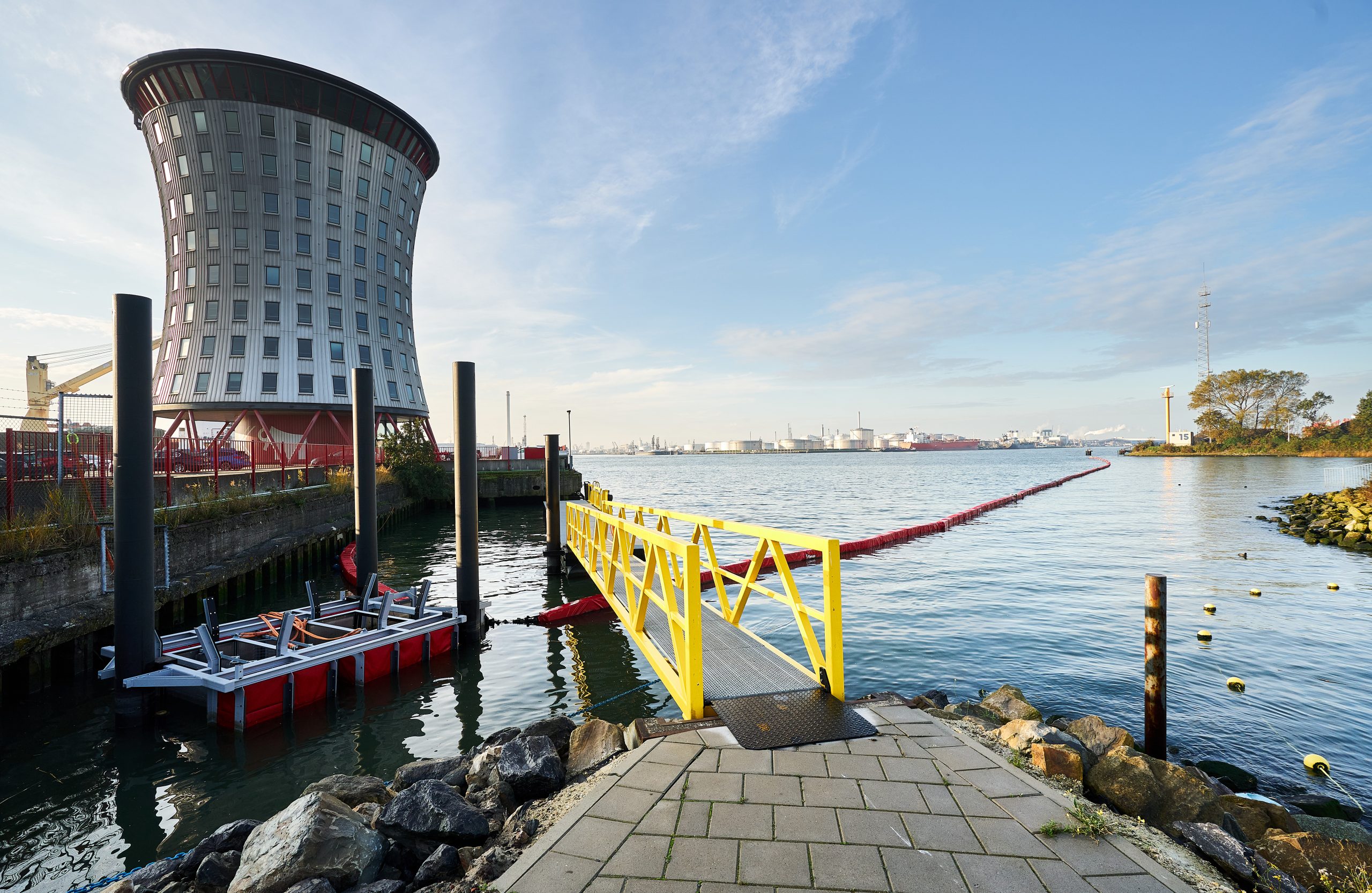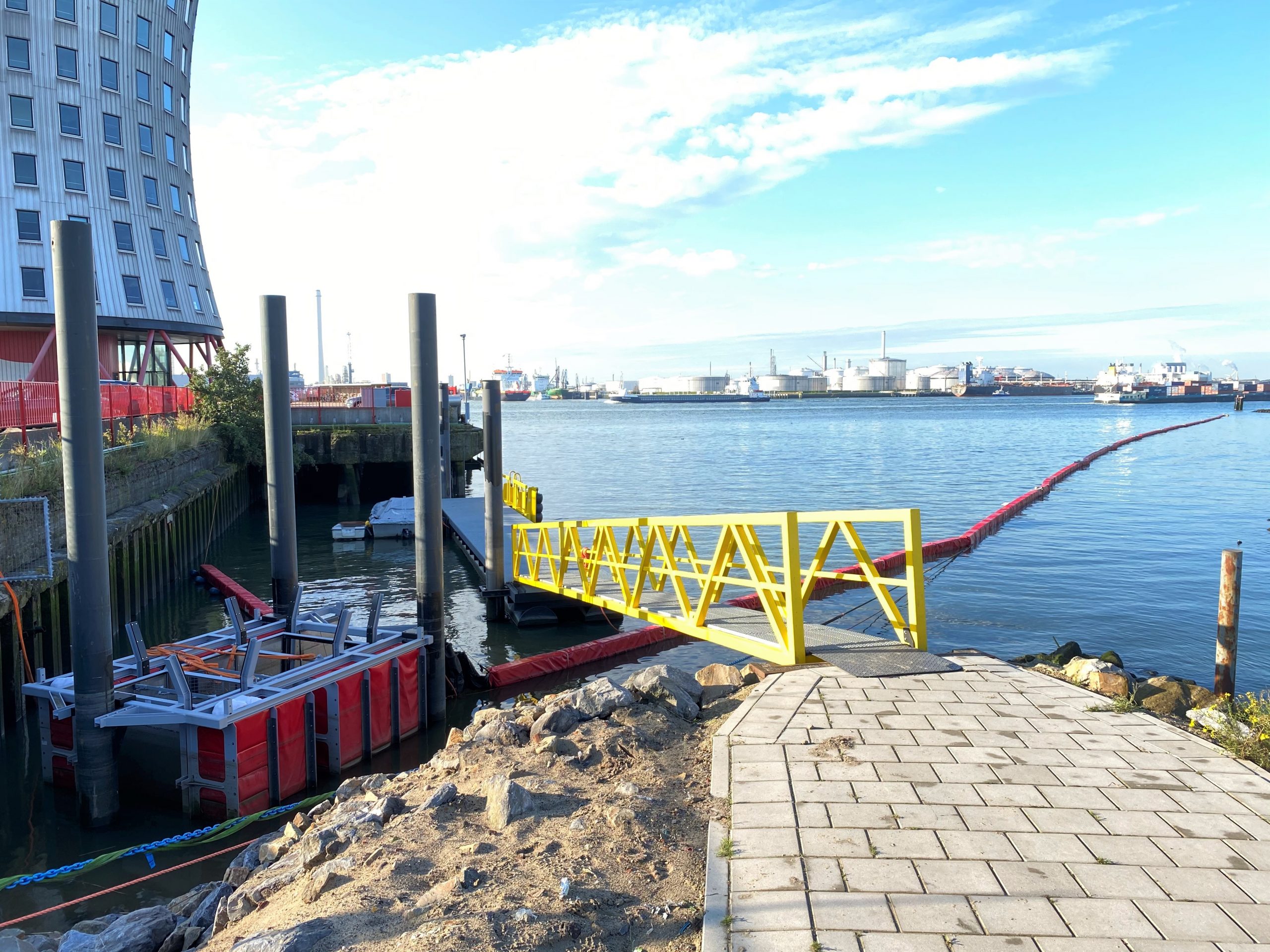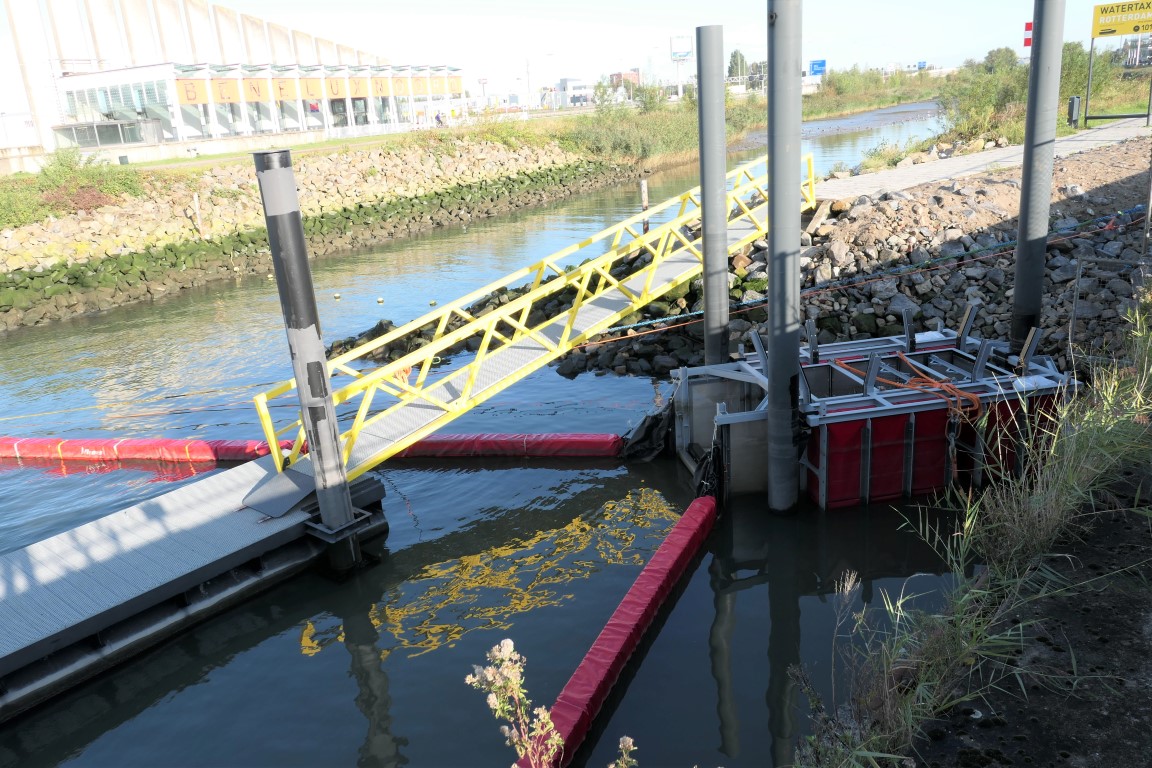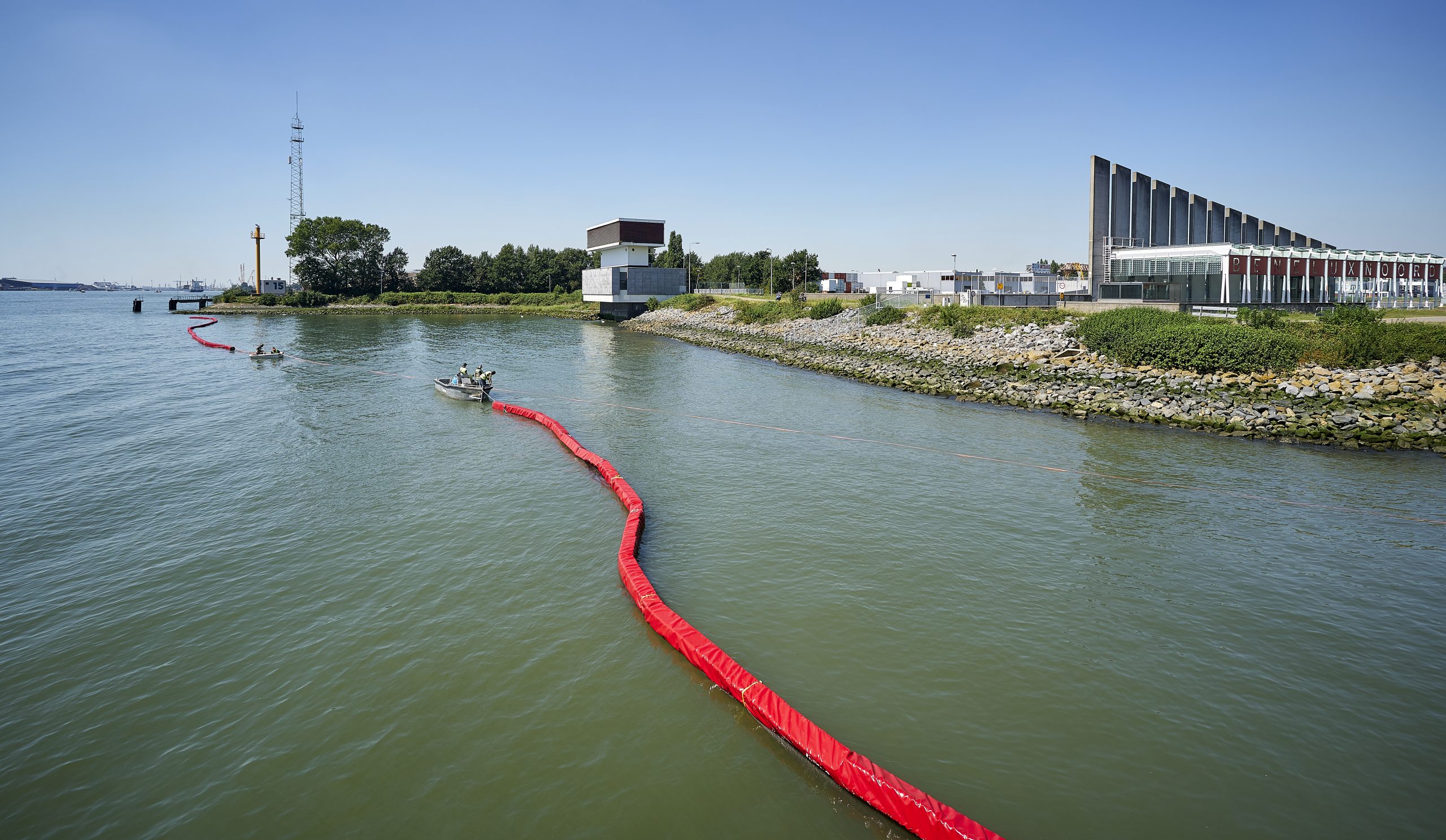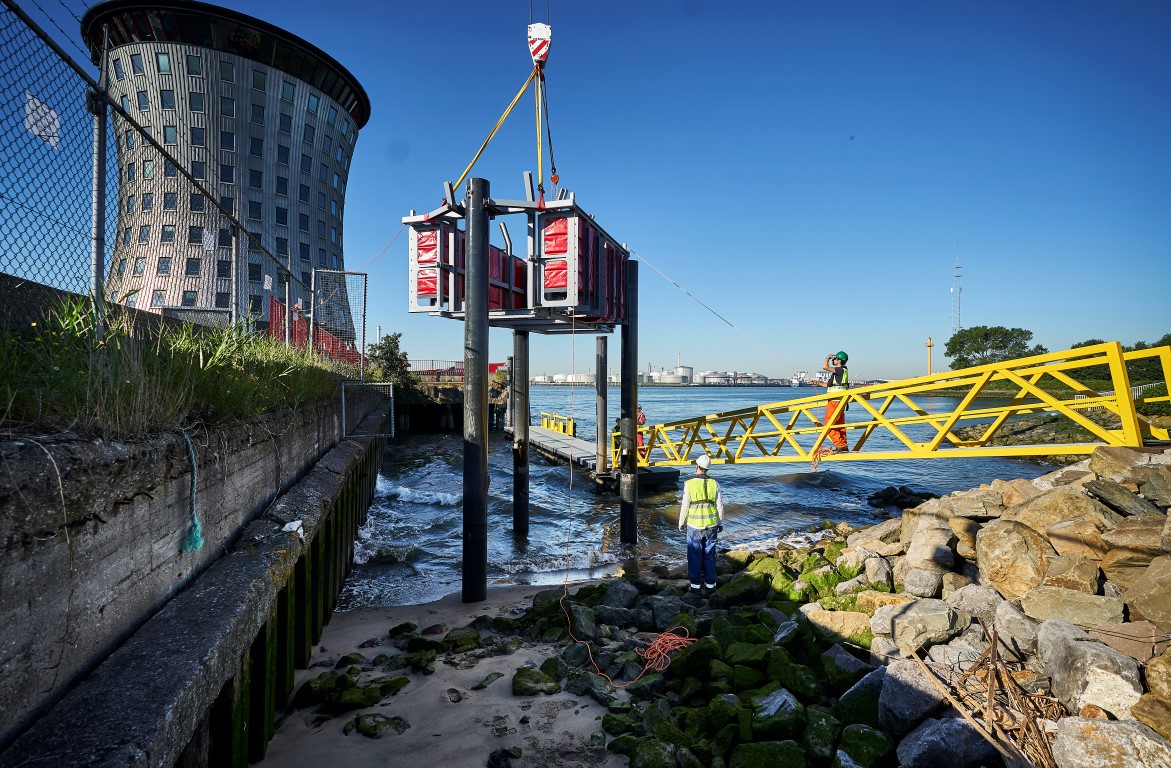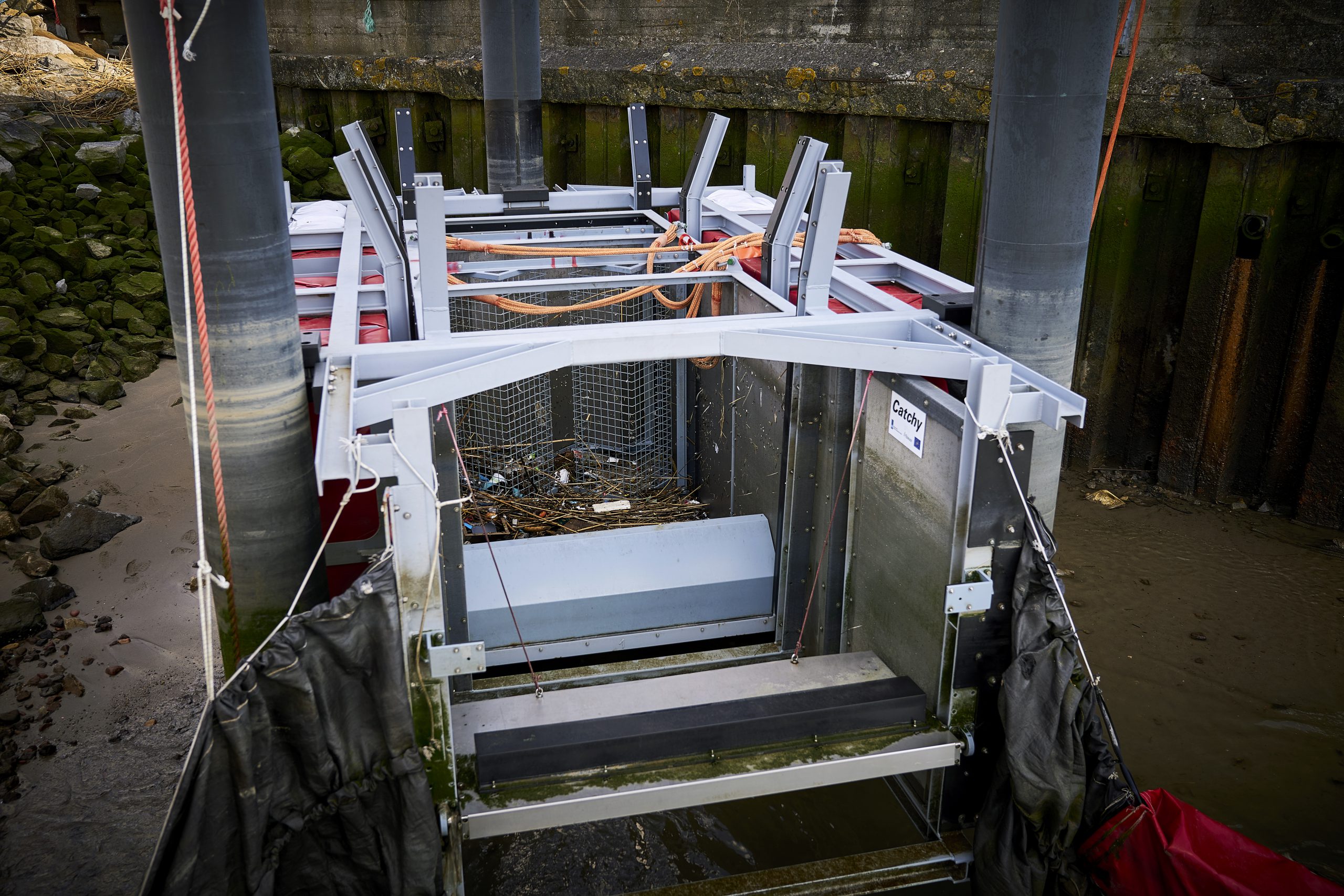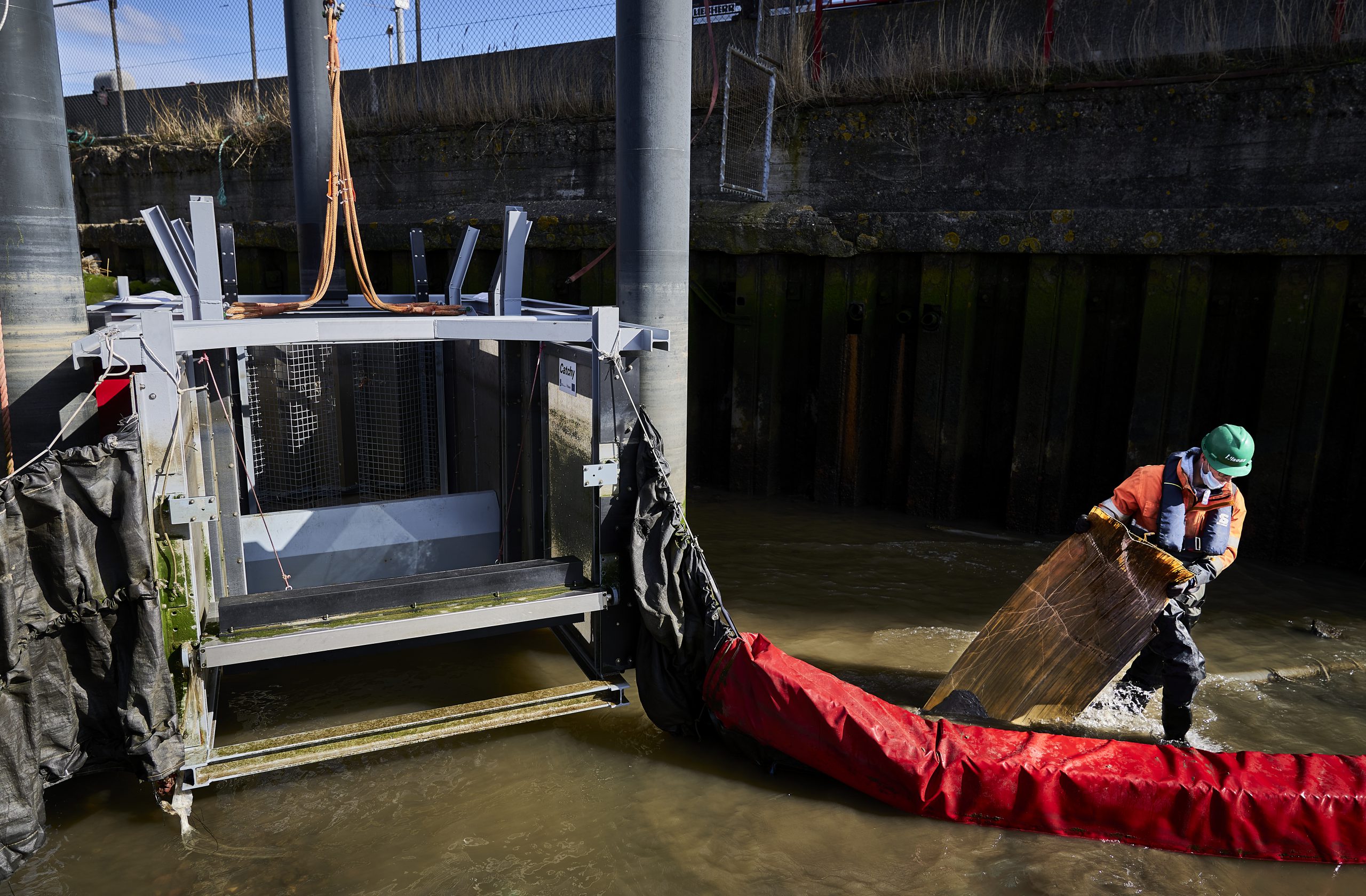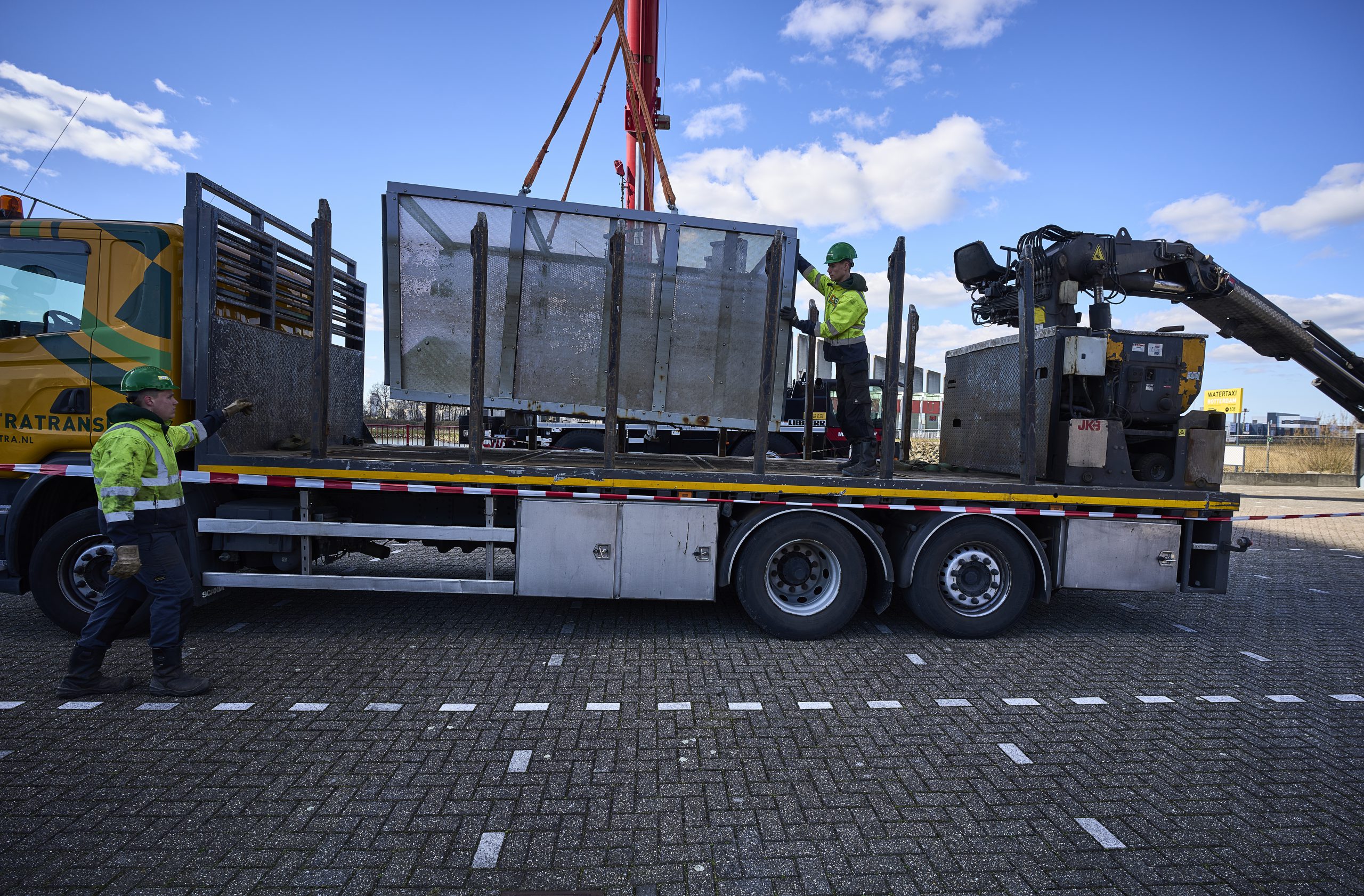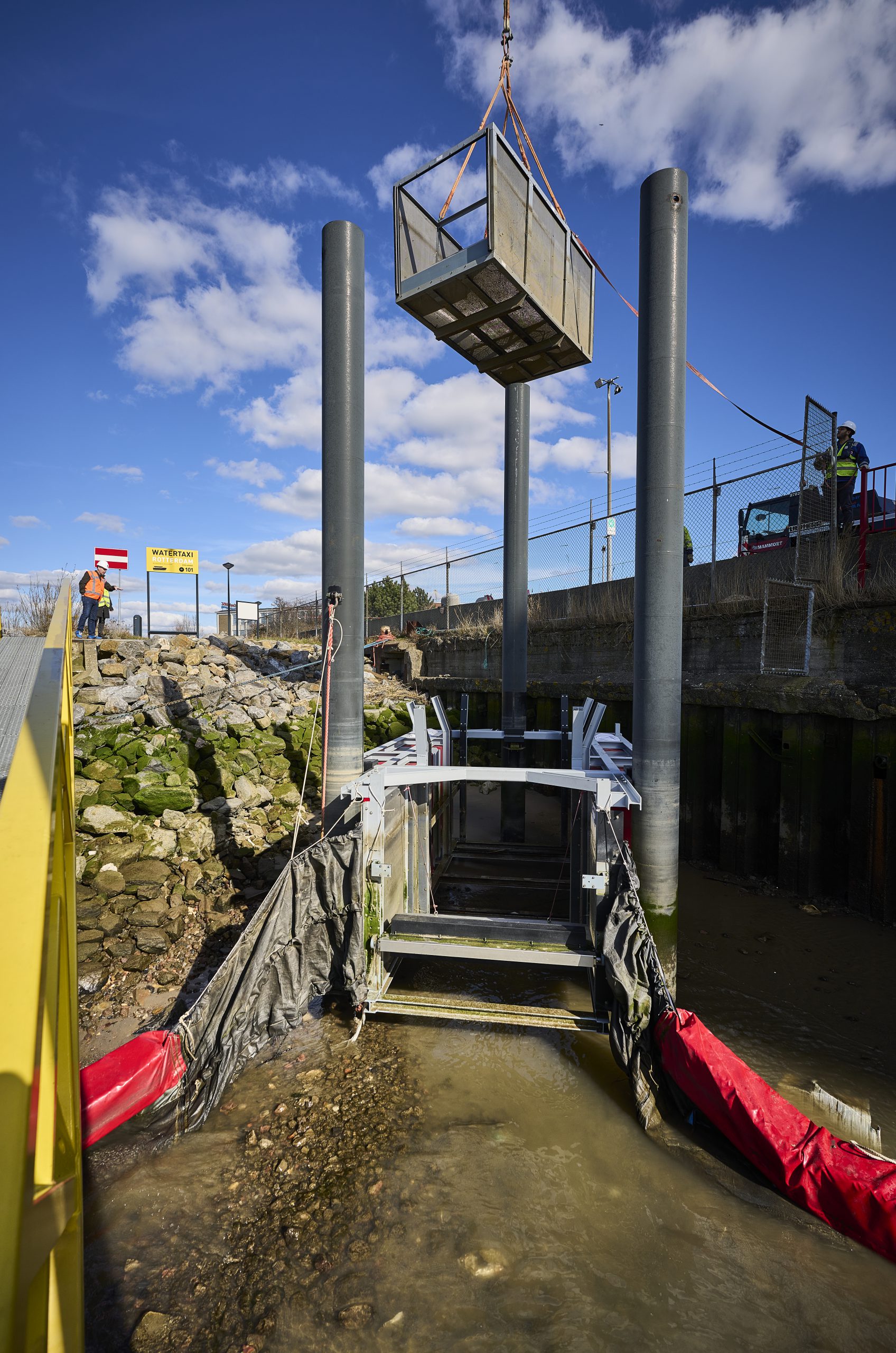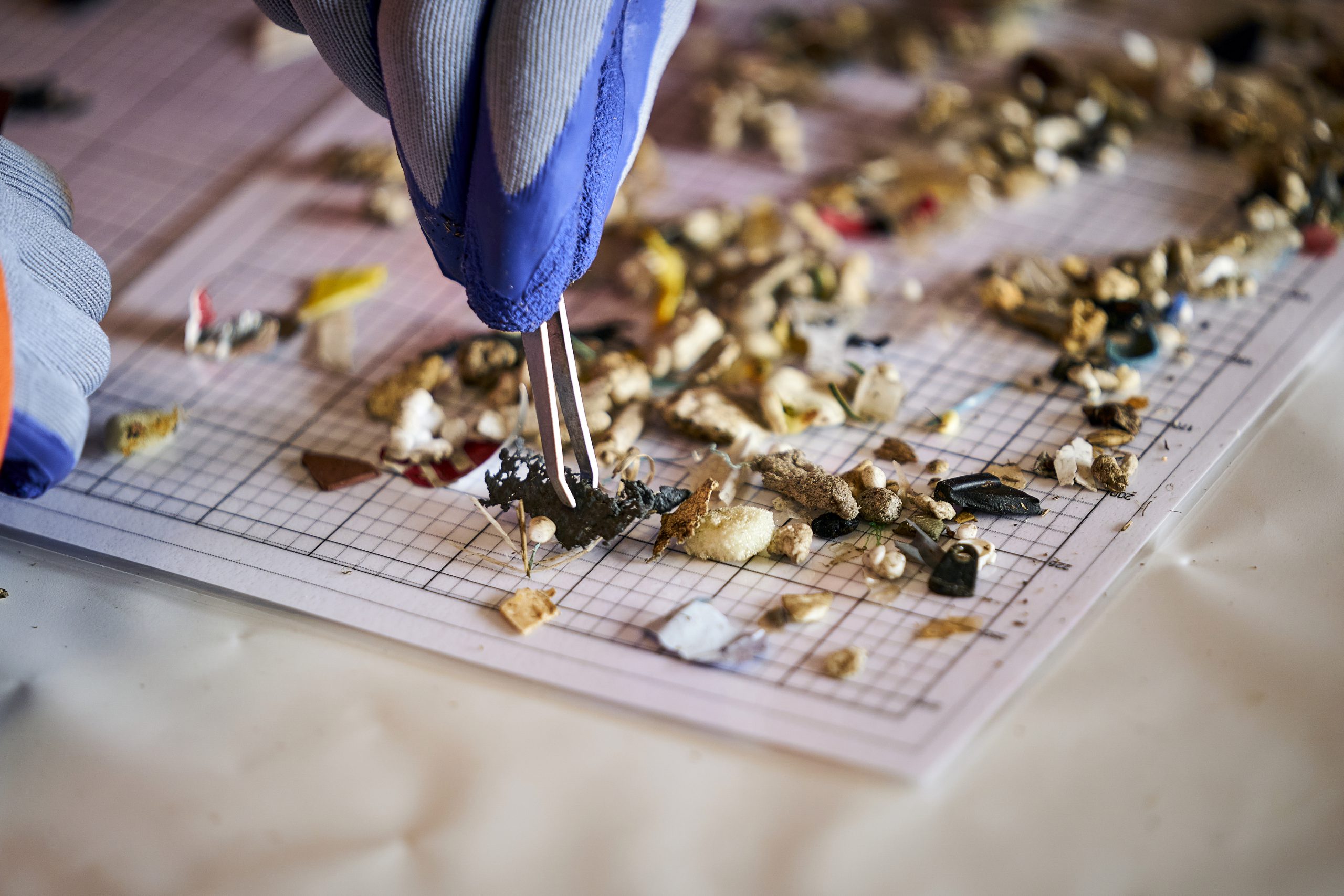LIFE SouPLess project – Sustainable riverine plastic removal and management
Working every day at sea, Allseas witnesses first-hand the devastating effect plastic pollution is having on the world’s oceans and marine life. Plastic pollution is a global problem, and we are committed to the cause to help clean our oceans of plastic trash. Within the Innovations Department, a team of dedicated engineers is leading the way, leveraging our engineering expertise and creative thinking to develop systems to catch plastics in rivers and waterways before they can reach the seas and oceans.
Allseas’ efforts to catch plastics in the rivers are bundled in the LIFE17/ENV/NL000339 – LIFE SouPLess project. This project, in short LIFE SouPLess, has a duration of 3 years (July 2018 – December 2022) aims to support existing waste management processes, and develop and deploy state-of-the-art plastic identification and recovery tools in support of the EU Water Framework Directive.
LIFE SouPLess main goals
LIFE SouPLess will have a significant impact on biodiversity as plastic pollution poses a major threat to the species living in rivers, seas and oceans. The main goals of the project are:
- A reduction of marine macro- as well as micro-plastics by recovering the plastics in the river before they can spread to the seas and oceans.
- The protection of marine biodiversity and natural habitats by decreasing plastics present in the marine and riverine environments.
- The protection of human health by decreasing micro-plastics present in our waters.
- Supporting the (plastic) circular economy by investigating the optimal solutions for the processing of riverine plastic waste.
In a nutshell, the LIFE SouPLess project aims to:
- Design and deploy sustainable systems to catch plastics in rivers across Europe.
- Optimise the efficiency of the systems by predicting hotspots of plastic waste in rivers.
- Advise on post-processing of the collected plastic.
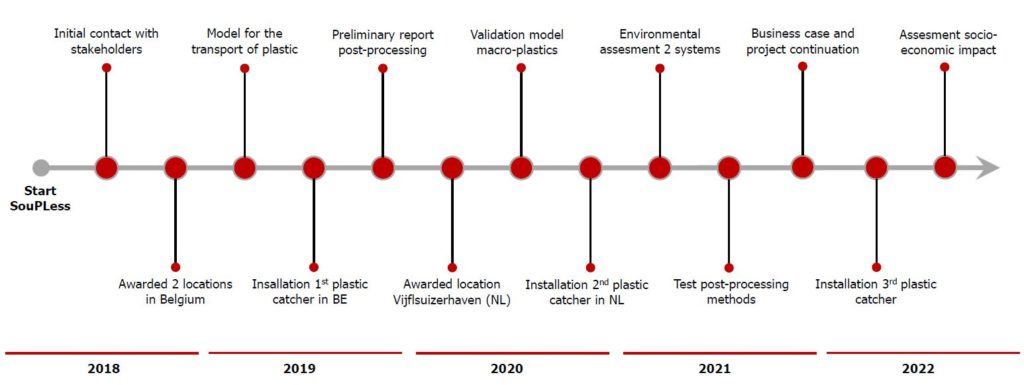
Achieved results
In a period of two years, Allseas’ LIFE SouPLess project achieved the following results:
- Concept design of a full-scale collection system for both the surface and the water column.
- Contract awards for installation of plastic collection systems at several national and international locations.
- Design, fabrication and installation of a full-scale plastic collection system in the Port of Antwerp.
- Development of a second full-scale collection system for micro-and macro-plastics monitoring in a harbour with tide, currently operating in Vijfsluizerhaven.
- Development of a third collection system for micro-and macro-plastics in a flowing river (Nieuwe Maas) with circular processing of the collected plastic.
- Engagement with national and international stakeholders such as authorities, post-processing companies, research institutes and NGOs.
- Identification of dominant role features in the transport of plastics in rivers.
- Setting up preliminary guidelines for the identification of plastic hotspots in rivers (both for macro- and micro-plastics).
- Collection of in total 5 m3 of micro- and macro-plastics.
- Setting up the basis of a methodological guide on riverine (plastic) waste management containing the current technological options for
post-processing.
Evaluation reports of the installed systems
- Patje Plastic, Port of Antwerp, Belgium
- Catchy, Vijfsluizerhaven, The Netherlands
- Catchy 2, Erasmus bridge, Nieuwe Maas river, Rotterdam, The Netherlands
Key deliverables and outputs
- The demonstration of the three plastic litter collection systems
- A passive plastic recovery system for micro- and macro-plastics in a harbour; working without external energy based on the current induced by waterflow and wind, moored at the quay side. (Patje Plastic in Antwerp)
- A passive plastic recovery system for micro- and macro-plastics in a harbour with tide; working without external energy based on the current induced by waterflow and wind, moored between three pillars and able to move vertically with the tide (Catchy in Schiedam)
- A passive plastic recovery system for micro- and macro-plastics in a flowing river, working without external energy based on the current in two directions. (Catchy 2 in Rotterdam)
- The development of the river assessment tool, a numerical tool to get insight in how plastic particles are moving and accumulate in a river, focused on the river Nieuwe Maas a distributary of the Rhine river, as the longest river in the Netherlands and West Europe. The tool was developed by Deltares.
- Finding a sustainable and cost-effective post-processing method for the collected litter with potential recycling end users.
- Different options to process the collected (plastic) litter into new resources (i.e. energy or recycled material) were assessed and a strategic partner (waste collecting companies, end-users, etc.) were established.
- Writing a methodological guide on riverine (plastic) litter sustainable management.
- Assess the environmental impact and life cycle analysis of the plastic removal systems.
- The impact and benefit analysis were investigated. The assessment was outsourced to a third-party Pre-Sustainability. Read the full report here.
- Develop a communication and dissemination plan
- An active an updated website
- Participation in the COPP workgroup (Community Of Plastic Practise)
- Several presentations
- Communication via social media LinkedIn
- An active and updated Instagram account
- A portfolio of the systems in form of flyers and Product Data Sheets for potential partners and clients
- Create a detailed business plan that include long term economic sustainability
Read our plan for communication and ongoing activities after the LIFE programme..
Read the latest publication (Layman’s report) on our river plastics removal project.
Background information on plastic pollution
Increased global production and poor waste management has led to a build-up of plastic litter in the world’s oceans. In the diverse marine habitats, including beaches, the sea surface, water column and seafloor, an estimated 250 million tonnes of plastic debris is present. Degradation of larger plastic items leads to the formation of abundant small micro-plastics, which are ultimately ingested by plants, fish and animals, passing durable microscopic contaminants to organisms higher up the food chain. The flow of plastics into the oceans occurs through a variety of pathways, but rivers are one of the largest contributors. Removing these “plastic soups” from vast water bodies is challenging. One solution to prevent plastic waste from building up in oceans is to catch it in the rivers before they can transport it to the oceans.
Read more about Allseas’ efforts to free rivers of plastic.
The LIFE SouPLess project – Sustainable riverine PLastic removal and management has received funding from the LIFE programme of the European Union. Grand agreement number LIFE17/ENV/NL000339.
